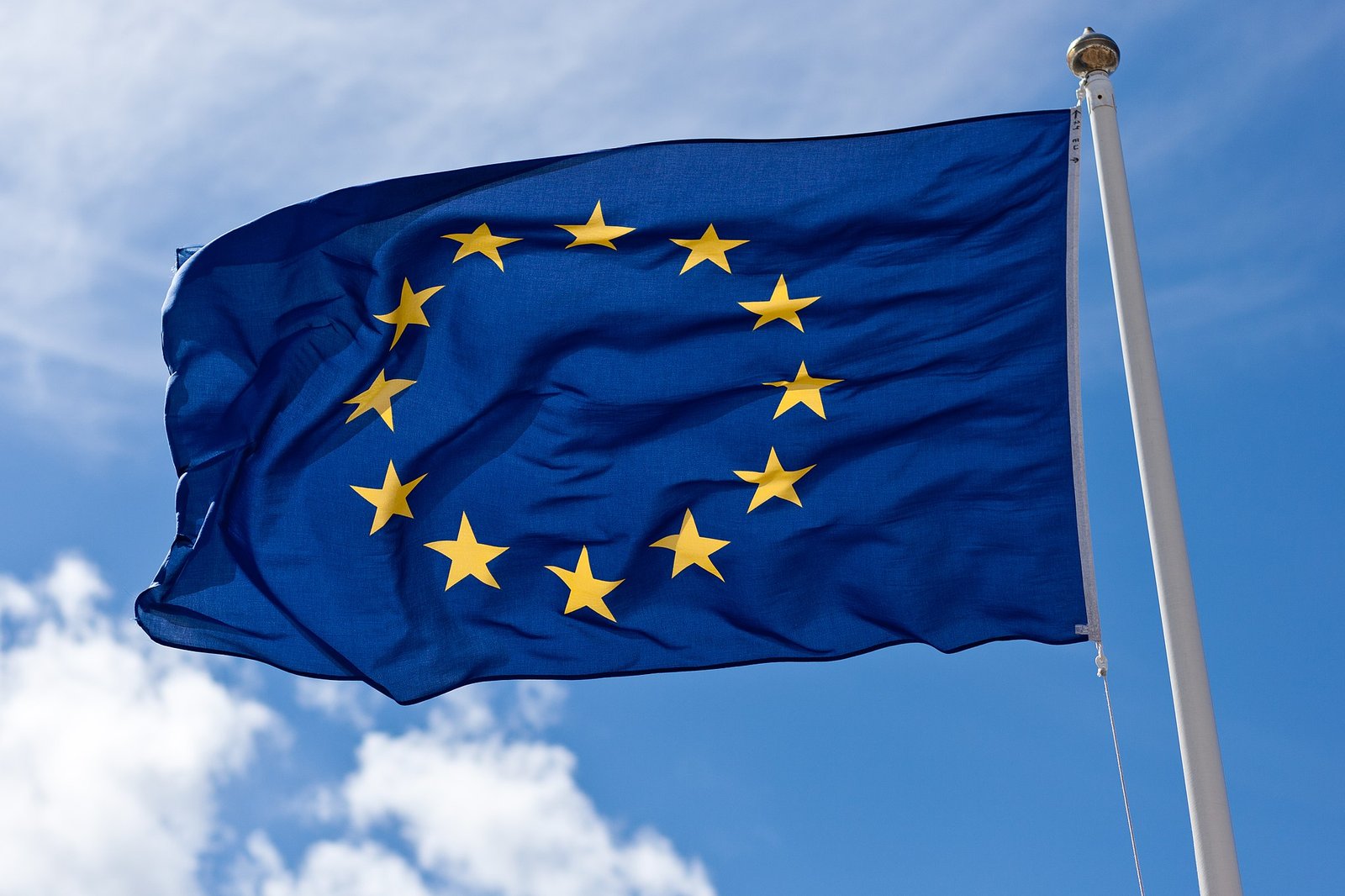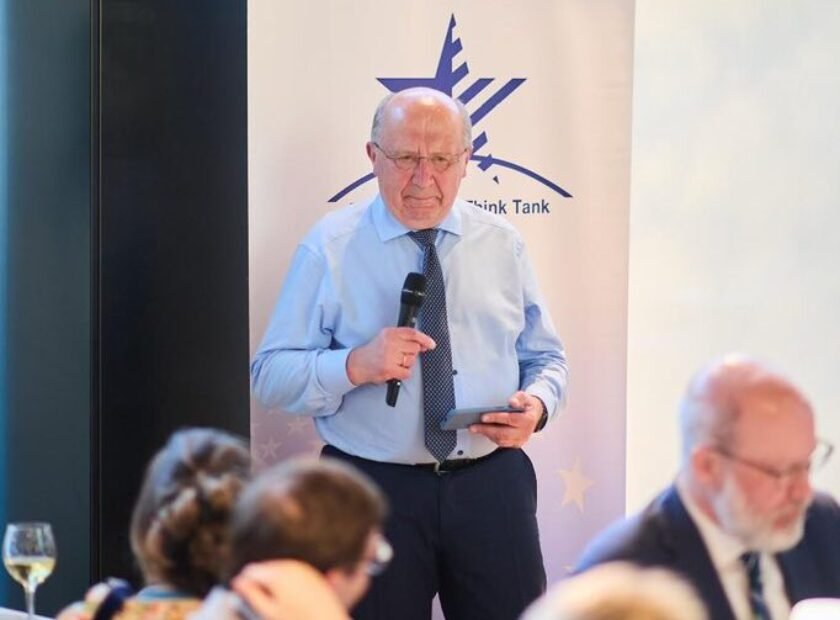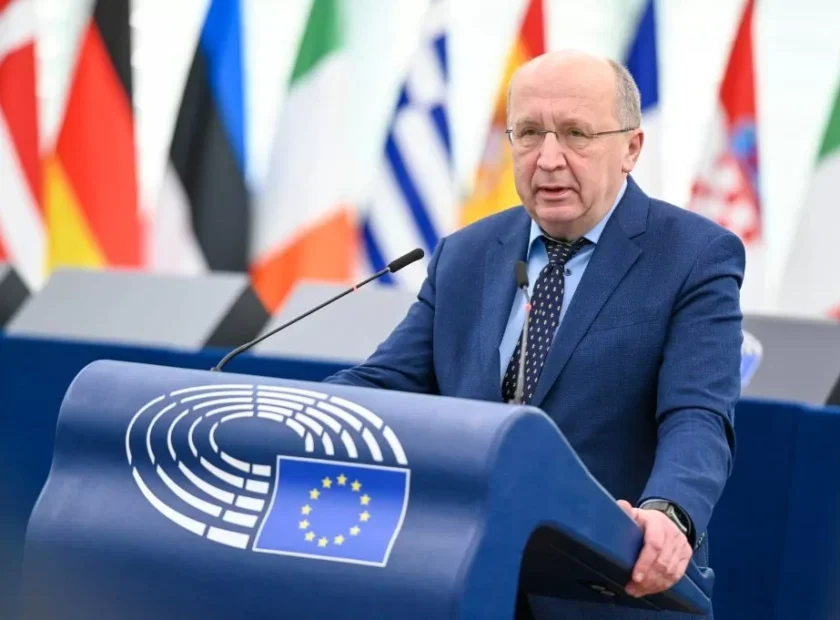European Union Added Value in the Development of European Defence

The European defence industry is struggling with several well-known challenges:
- Its production capacities are too low for the European Union to be ready for the most extreme military contingencies, especially to meet defence needs during times of war.
- EU member state governments are not spending enough for defence and, therefore, are not investing in the development of the European Union defence industry capacities. Moreover they procure only 20-30% of their defence equipment from the European Union defence industry, with 65% coming from the non-EU countries. As EU member states are mainly purchasing defence equipment from third countries, the European Union defence industry is heavily dependent on export markets also in third countries.
- The EU defence industry market is heavily fragmented. When member states procure defence equipment produced in Europe, they usually choose equipment produced by their domestic national defence industry. This fragmentation makes the whole European defence industry less competitive.
- The fragmentation of the defence market and industry creates additional challenges as production becomes too fragmented, leading to a deficit of interoperability and of NATO standards in European-produced defence equipment.
The challenge is that all these well-known problems of the European defence industry can only increase if member states will just simply increase their defence spending from 2% to 3% (which is very much needed) without significant collective European Union-level actions in the development of European Union defence. Increased national defence spending, without balanced and effective collective European Union programs, will result in increased fragmentation (created by the nature of national defence spending) of the EU defence industry and market. In a long run, more European taxpayer money will be traditionally spent on procuring defence equipment from third countries, and the European defence industry will continue to suffer from a lack of European demand and investment.
That is why, if there is political will to improve the conditions of the European defence industry, we need to agree that while an increase in national defence spending is a must, it needs to be accompanied by maximally increased possibilities for European Union collective actions in the development of European defence.
There is an urgent need to bring a collective European dimension into the defence industrial policy of EU member states, which has traditionally been based only on national priorities, decisions, and procurement.
In addition to the challenge of well-known, long-term problems of the fragmented European defence industry, there is an urgent need to implement EU-level industrial programs that would encourage the European defence industry to be ready to produce what is needed for European Union member states to meet NATO Capability Targets by 2030. This readiness is crucial to deter possible aggressive Russian attempts to test European Union member states with the most extreme military contingencies before 2030.
The most effective European Union collective instrument, which would provide the European defence industry with the necessary support, is joint procurement by member states of the needed defence equipment.
Joint procurement, supported and incentivized by European Union funds, helps avoid further fragmentation of the European defence industry, which could be created by an increase in national defence spending.
Joint procurement is very much needed for the European defence industry as it will bring much larger aggregated demands and longer-term contracts to the industry, allowing it to feel more secure in expanding production lines. It is also necessary for the member states, as due to the scale of aggregated demand, the price that member states will pay for jointly procured equipment will significantly decrease.
Recent experience with the implementation of the European Defence Industrial Reinforcement through Joint Procurement Act (EDIRPA) program (300 million euros of European funding), designed to support European Union member states’ efforts to engage in joint procurement for defence equipment, has shown clear evidence of its benefits. The price for ammunition procured jointly under the EDIRPA program in some instances might have been reduced up to 50% compared to the price member states would have paid if they had acted alone.
In addition to the benefit of lower prices due to the larger scale of aggregated demand, member states engaged in joint procurement received additional benefits from EDIRPA subsidies, designed to incentivize member states to pursue joint procurement. These subsidies can reach up to 20% of the contract value.
Member states that are ready to pursue joint procurement will receive two types of benefits simultaneously: lower prices for equipment due to the scale of the aggregated contract and substantial incentivizing subsidies from EDIRPA. It will be difficult for national voters to understand if their governments do not seize the opportunities of joint procurement, which EDIRPA offers to member states for the development of their defence capabilities, allowing much more effective spending of national defence money.
Quite soon, the successful EDIRPA program will be replaced by the new European Defence Industry Policy (EDIP) program, which, when approved, will create additional tools to support joint procurement initiatives. Larger European Union funds devoted to EDIRPA and EDIP programs can significantly influence improving the situation in the European defence industry and market.
In addition to the above-mentioned benefits of joint procurement, which EDIRPA (EDIP) can incentivize, there are possibilities to use EDIRPA instruments to encourage European Union member states to realize joint procurement (funded by increased national defence spending) mainly from the European defence industry rather than from third countries. The same applies to incentivizing the joint procurement of European defence production when it matches NATO standards.
EDIRPA (EDIP) is a powerful instrument for collective European Union action in defence, but its power and effect depend on the financial resources it can utilize. Until now, it was only 300 million euros, and the effects were substantial despite the limited resources. If, instead of 300 million euros, there was an opportunity to empower EDIRPA with tens of billions of euros, it would dramatically improve the situation with European defence and the defence industry. This would result in diminished fragmentation, defence money remaining in Europe with substantially increased procurement from the European defence industry, longer-term contracts for the industry, and lower prices for the national governments of member states, leading to more NATO standards and fewer obstacles for defence equipment interoperability.
It is also important to remember that the European Union recently successfully implemented the collective Act to Support Ammunition Production (ASAP) program to support ramping up production capacities of the European defence industries, which, when the war started, were producing the most-needed defence equipment. The ASAP program used 500 million euros to subsidize ammunition-producing industries to assist with the expansion of their production capacities, yielding remarkable outcomes. In 2023, the European Union defence industry was able to produce only 300,000 rounds of the most needed ammunition; with ASAP subsidies, the European industry is ready to produce 2 million rounds of ammunition by the end of 2025.
The most important conclusion of these comments: it is time for everyone — European Union member states, the European Union defence industry, and European institutions — to understand the remarkable added value that collective European Union action can bring to the development of European defence and the urgent need for the European Union to prepare itself for the most extreme military contingencies. This can be accomplished through collective European Union action, realized through ASAP, EDIRPA and the forthcoming EDIP program. This is why the European Defence Industry Policy needs to be approved in the near future, and European collective action needs proper funding because just an increase in national defence spending (which is very much welcomed) is not enough for the health of our defence and defence industry.




